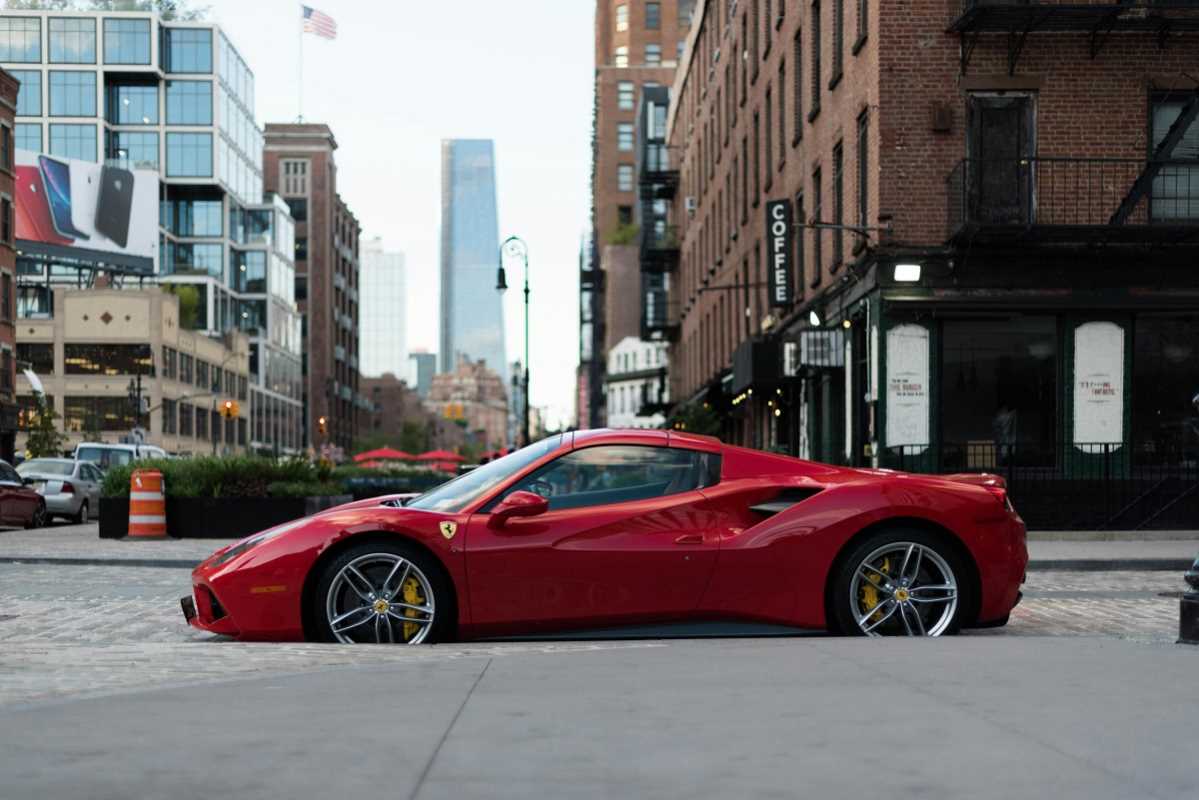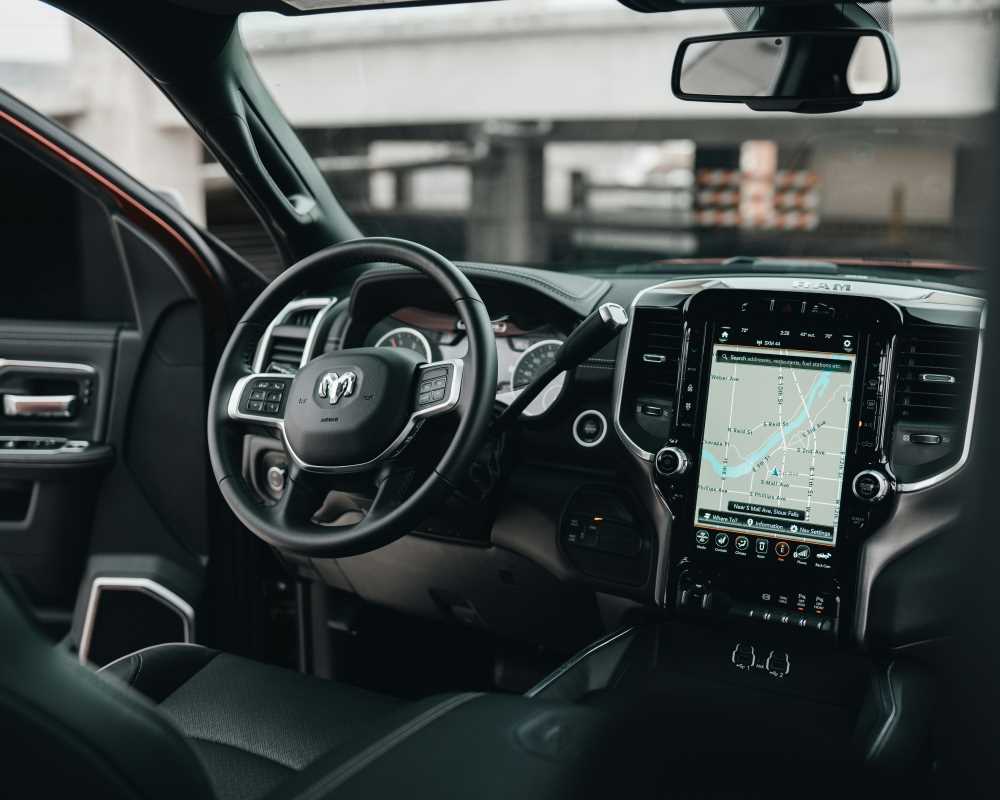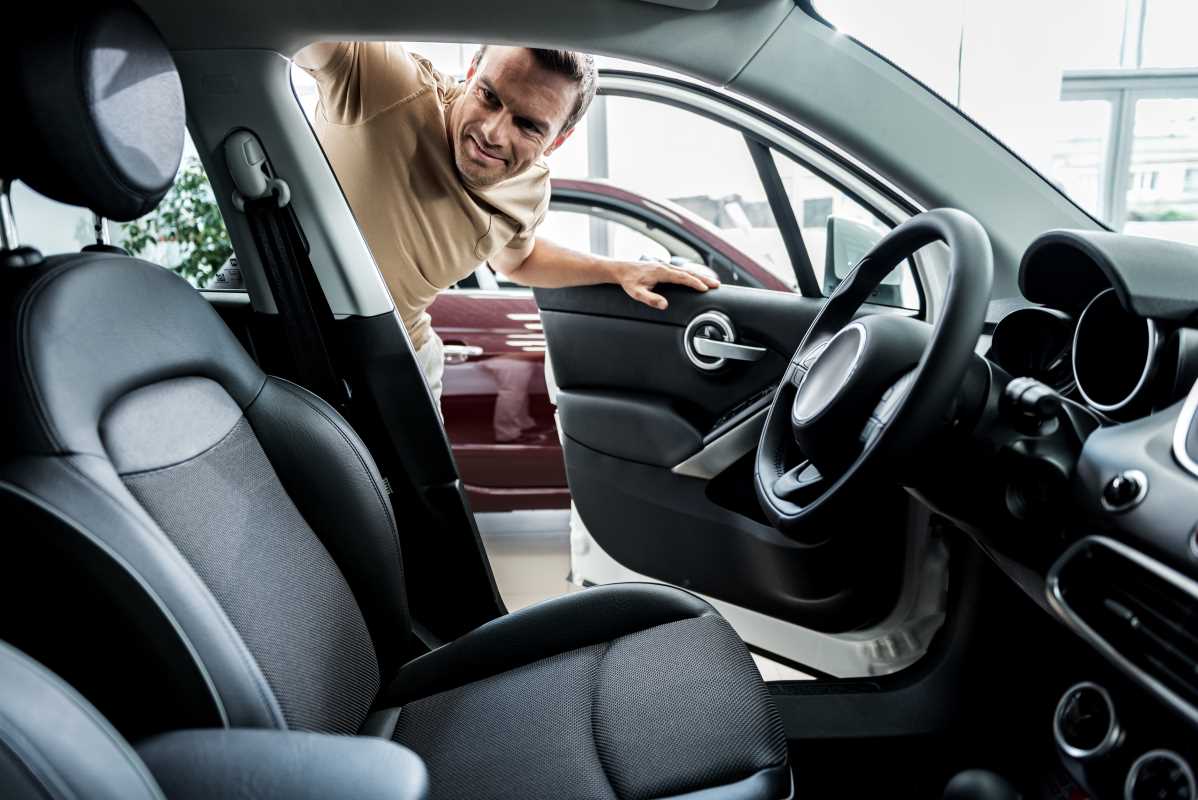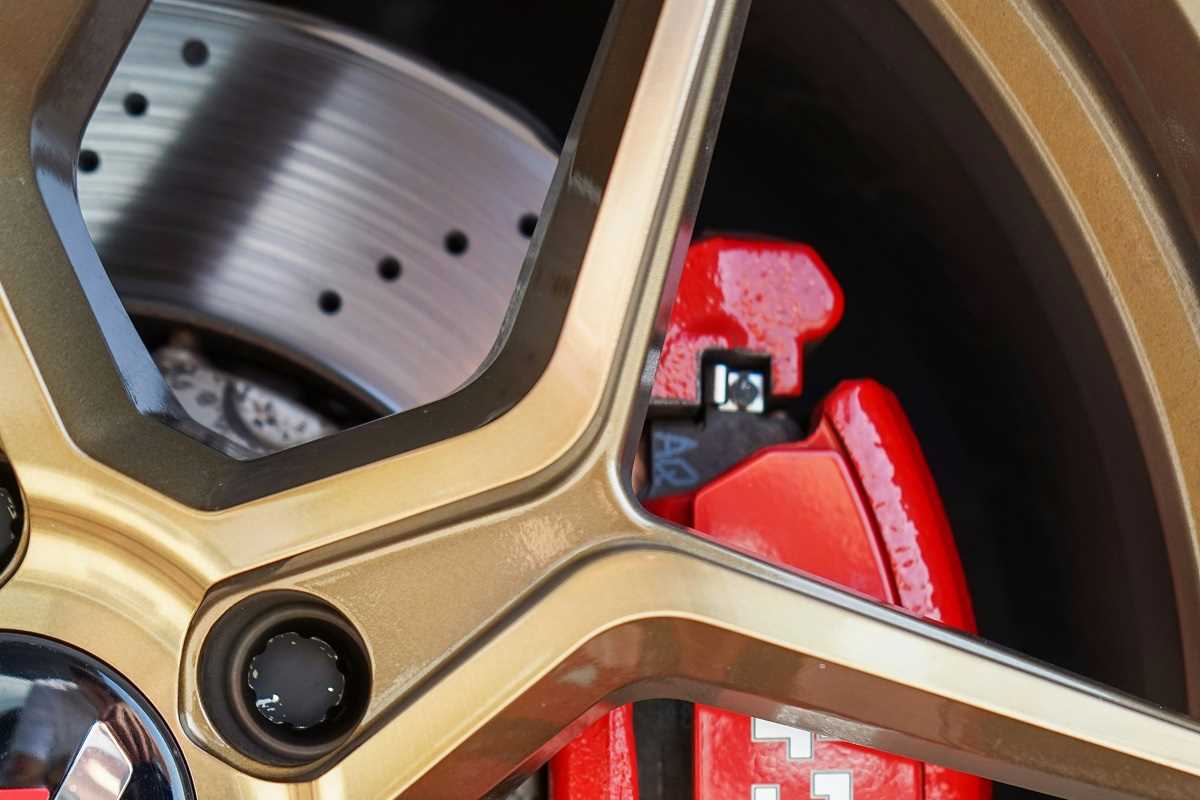Owning a luxury car can be a dream come true. Sleek designs, unparalleled performance, and a certain prestige are just a few of the attributes that come with high-end vehicles. However, reality often sets in when it comes time for repairs. Luxury and exotic cars are some of the most expensive to fix, and the costs can take even the most prepared owners by surprise. From specialized parts to advanced technology, a variety of factors drive up repair bills. Below, we’ll explore what makes these cars so pricey to maintain, highlight some specific models notorious for high repair costs, and share tips to help you manage these expenses if you own one—or plan to.
Why Are Luxury Cars Expensive to Fix?
The high cost of repairing luxury and exotic cars boils down to their unique features, materials, and technology. Here's why repairs can set owners back thousands of dollars:
1. Specialized Parts
Luxury cars often use rare or proprietary materials and components. For instance, manufacturers might opt for carbon fiber over steel to enhance performance or use leather sourced from premium suppliers for interior finishes. When these parts break or wear down, they’re significantly more expensive to replace than the parts of a standard vehicle.
Furthermore, many luxury vehicles can only accommodate OEM (original equipment manufacturer) parts. These parts are not only costly but may also require international shipping if they come from exotic brands like Ferrari or Bentley.
2. Advanced Technology
Luxury cars are at the forefront of automotive innovation, packed with advanced technology like adaptive cruise control, night vision, or complex infotainment systems. If this tech malfunctions, repairing or replacing it is often labor-intensive and requires skilled professionals specialized in these systems. A cracked digital dashboard or a malfunctioning driver-assistance feature in a Tesla, for example, can cost thousands to repair.
3. Specialized Labor
Not every neighborhood mechanic can work on a Lamborghini or Bugatti. High-end vehicles often require service from certified professionals who are trained specifically to handle proprietary systems or engines. Their labor costs are significantly higher, adding to overall repair bills.
4. Limited Accessibility
The design of luxury and exotic vehicles can make accessing certain parts of the car challenging. Engineers focus on performance and aesthetics, sometimes creating designs that require hours to simply access the area needing repair. Even routine maintenance tasks—like changing spark plugs—can take hours in some cars like the Porsche 911.
5. Limited Production Models
Cars that are produced in smaller numbers, like a Pagani Huayra or a Rolls-Royce Phantom, also incur higher repair costs due to the limited availability of parts. If parts have to be custom-made, the cost skyrockets.
Cars Known for High Repair Costs
While costs can vary depending on the problem, these cars consistently rank as some of the most expensive to fix:
1. Bugatti Veyron
When it comes to high repair costs, the Bugatti Veyron tops nearly every list. With a price tag of over $1 million, its maintenance costs are reflective of its exclusivity. A single replacement tire can cost upwards of $20,000, and a full tire change often requires replacing the wheels as well—pushing the cost to an eye-popping $50,000. Regular servicing of the Veyron also costs tens of thousands of dollars.
2. Tesla Model S
Tesla vehicles are known for their innovative electric technology, but that technology doesn’t come cheap when repairs are needed. Unlike traditional cars, Teslas can’t be serviced at most independent repair shops. Issues like battery failures or screen replacement for the Model S can cost anywhere from $5,000 to $15,000, making it one of the most expensive electric vehicles to maintain.
3. BMW 7 Series
The BMW 7 Series is synonymous with cutting-edge technology, from adaptive lights to upscale infotainment systems. However, the more features a car has, the more can go wrong. Common repairs in the 7 Series, like fixing air suspension systems or replacing high-end electronics, can easily cost owners thousands of dollars.
4. Mercedes-Benz S-Class
Similar to the BMW 7 Series, the Mercedes-Benz S-Class is loaded with features that, when they fail, rack up repair costs. From weight-sensing airbag systems to hydraulic suspensions, owning a used S-Class means you might spend more on repairs than you will on car payments.
5. Porsche 911
While Porsche vehicles are a symbol of automotive perfection, they’re expensive to maintain. The Porsche 911 requires frequent servicing, and parts like turbochargers or exhaust systems are costly. Even routine tasks like replacing brake pads can cost over $1,000—all before labor expenses.
6. Range Rover
Though beloved for its mix of luxury and off-road capability, the Range Rover is infamous for its maintenance costs. With frequent reports of issues in its air suspension and electrical systems, repairs are unavoidable for many owners. Air suspension replacements, for instance, can cost upwards of $10,000.
7. Ferrari 488 GTB
Ferraris are designed with performance in mind, and their parts reflect that priority. Just an annual check-up for a Ferrari 488 GTB can cost between $5,000 and $7,000. More intensive repairs—like fixing the gearbox or turbochargers—can easily climb above $15,000.
8. Rolls-Royce Phantom
A Rolls-Royce Phantom represents the pinnacle of luxury, but that luxury extends to repair bills, too. Its handcrafted interiors and components mean everything about the car is tailor-made. For example, a single Spirit of Ecstasy hood ornament can cost a few thousand dollars to replace if damaged.
These repair costs can be a significant burden on ownership. For many, the financial strain extends beyond initial repair bills. Some owners find themselves unable to afford recurring costs, ending up selling their luxury cars prematurely—often at a loss.
For buyers considering a luxury car purchase, understanding the repair and maintenance costs is crucial. The allure of owning a dream car can quickly fade when repair bills pile up, especially if warranties have expired.
Tips for Managing Repair Expenses
Luxury car ownership doesn’t have to break the bank if you approach it wisely. Here are some tips to better manage repair expenses:
- Invest in Extended Warranties: Before your car’s factory warranty expires, consider purchasing an extended warranty. These plans can help cover big-ticket repairs like engine or transmission fixes.
- Find a Reputable Specialist: While dealership repairs are often more expensive, independent specialists certified for your car brand can save you money without compromising quality.
- Regular Maintenance: Performing routine maintenance is the best way to avoid costly repairs. Keeping up with oil changes, tire rotations, and brake checks can prevent small problems from turning into large, expensive ones.
- Research Before You Buy: Before buying a luxury car, research its long-term reliability and common repair costs. Some brands—like Lexus or Audi—offer luxury backed by better reliability records than others.
- Store It Properly: Protect your car from weather damage by storing it in a garage or using a quality car cover. Preventative care extends the life of luxury materials like leather interiors or exotic paint finishes.
For some, luxury cars are worth every penny, no matter the repair costs. For others, the impracticality and financial strain make them hard to justify. Striking the right balance between your desires and your budget is key. If you decide to own a high-end car, be prepared for the financial commitment, and plan accordingly.
 (Image via
(Image via





